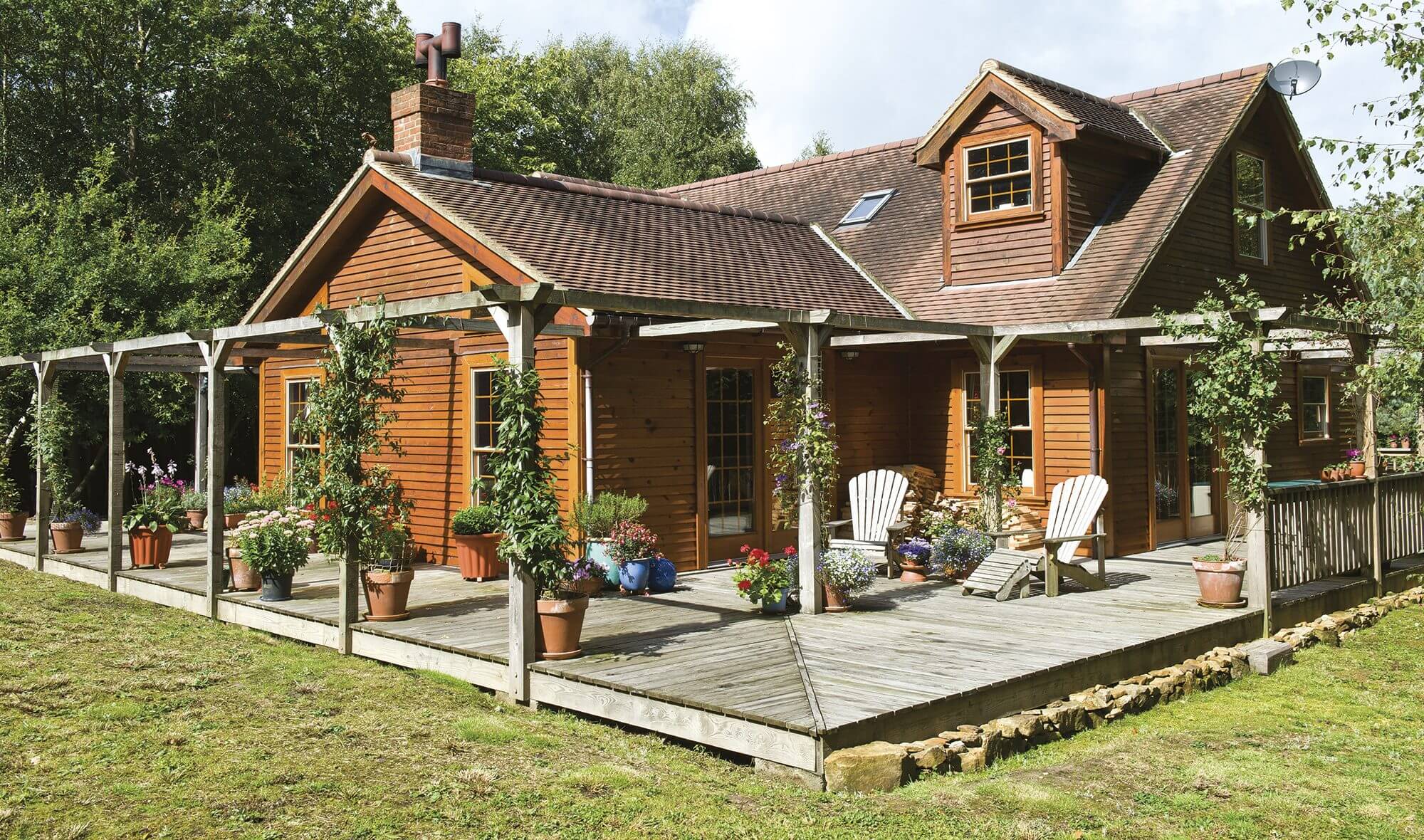Getting Hands On With Your Project
Much of the expense associated with renovating or self-building is down to labour costs. On major projects, you will expect to hire a builder, tradesmen or specialists – it’s an easy route to get the desired quality – but what if you are capable and willing to have a go yourself?
With labour rates for even basic trades starting at around £150-£200 per day, there is potential for some significant savings to be made. It is a tempting idea, but not without risk. In this article, I’m going to look at the pros and cons of undertaking some of the work yourself.
Can novices get involved in building work?
It’s a perfectly normal reaction to want to be able to point to a bit of your project and say “I did that!” We’ve all done it, and there’s usually an opportunity to do so at some point during construction. However, an important thing to avoid is expecting your trades to teach you how to do their job as an unwritten part of their contract. There is a fine line between the enthusiastic novice having a go and being a downright nuisance.
Think of it from your tradesman’s perspective: his or her time is money. If they end up taking time to show you how to, say, lay a few bricks, then that’s time they could have spent actually building. Plus if you make a hash of it, as you probably will, it’s they who will have to take it all apart and do it properly, all for no extra money and dragging the job out. So, by all means have a go if and when the opportunity arises, but pick your moments carefully.
If you really want to be involved but lack the skills, then consider whether doing some labouring on site might be a better option. If you’re fit enough, then helping to shift materials and tidy up will be much appreciated – and make your site a more enjoyable place to be!
DIY enthusiasts
If you have some basic DIY skills, then there is no reason why you can’t contribute to a significant chunk of the build, but it is important that your builder or tradesmen know what you will be doing so they can quote accordingly. If they have priced for work that you later decide to undertake yourself, you’ll still have to pay the agreed amount.
If you have a genuine skill and intend to do a complete trade contribution – say the plumbing – then make sure from the outset that your builder knows so they can work this into their quote. Be aware, though, that your builder will be unlikely to have allowed for any plumbing work at all, so it will be for you to tell them where to leave holes and where the pipes will run.
Even if you feel skilled enough to do it, some work is best left to the professionals. Electrics, for example, now come under Part P of the Building Regulations and must be undertaken by a competent person. There’s nothing to stop you doing the work yourself, but it must be checked and a compliance certificate issued before you can obtain the all-important completion certificate from your local authority. A qualified electrician will be authorised to do this, but you won’t be.
Easy jobs for self-builders
Some of the most common jobs taken on by self-builders are the painting, decorating and ceramic tiling. These two trades are often seen as comprising relatively simple tasks that are well within the capabilities of the average DIYer. The reality is that the finished look of your new home is massively influenced by the quality of the work these trades provide.
Around 80% of this involves boring, laborious and time consuming preparation if it is to be done properly. But for tired and cash-strapped self-builders at the end of a long and stressful build, the temptation is to save a bit of money by just slapping on the emulsion and giving the skirtings and architraves a covering of one-coat gloss white paint.
It’s the same with ceramic tiling. What looks like a simple task takes a fair bit of skill and a poor job will look obvious and be difficult to rectify. By all means feel free to take on these jobs, but be aware that the end result will be proportional to the preparation you put in.
Top 3 DIY tasks
There are a number of jobs that don’t take particular skills beyond those of a competent DIYer, and I’ve listed a few that I would consider undertaking myself if the opportunity arose:
1. Flat pack furniture
The chances are that you will be installing a flat-pack kitchen unless you can stretch to a bespoke design. Putting the carcasses together is pretty straightforward and repetitive stuff that most of us will be able to do. It seems a bit pointless to pay a carpenter good money for something that will bore him to death and cost you nothing but time to do yourself with no impact on the finished quality of the build. The same might extend to fitted wardrobes and bathroom cabinets.
2. Underfloor heating
If you are contemplating installing warm water underfloor heating, then you will have sent your floor plans off to suppliers, who will have returned them suitably marked up to show where pipes, manifolds and boiler connections will go.
The pipes are pretty simple to lay, particularly those that are slotted into a pre-formed guide, and are therefore well within the scope of the keen amateur who is able to follow a simple diagram. You can leave the connections to your plumber and electrician, but if you are prepared to undertake the labour element of laying the pipes, you can save several days of labour and the associated costs.
3. Rainwater goods
Traditionally, rainwater goods such as guttering would be the responsibility of the plumber, but is sometimes undertaken by roofers. You should contemplate fitting the rainwater goods yourself. If you have scaffolding up, use this – if not you can hire a stable tower.
These goods are not difficult to fit – they’re mostly clipped together these days – but you must allow for a slight gradient (known as the fall) so that the water flows towards the downpipes. Obviously, this involves working at height, so suitable safety precautions must be taken. If you are not comfortable with heights, then leave it to the professionals.
Photo: Colin Poole



































































































 Login/register to save Article for later
Login/register to save Article for later













Comments are closed.